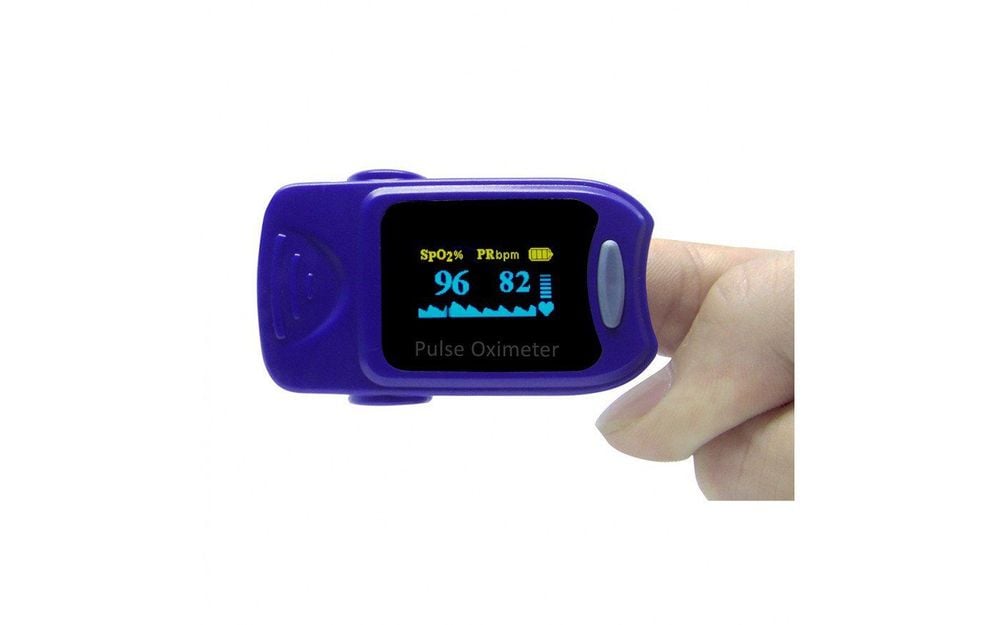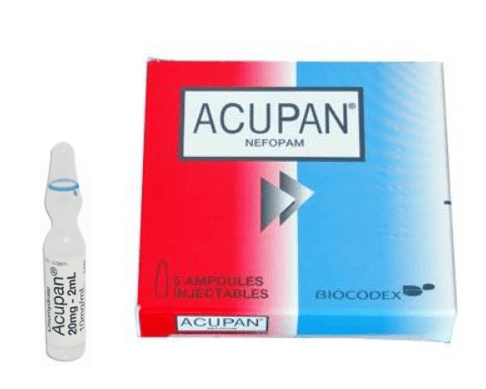SpO2 is a critical vital sign, along with pulse, temperature, respiratory rate, and blood pressure.
1. What is SpO2?
SpO2 stands for peripheral oxygen saturation. In simpler terms, SpO2 is the percentage of oxygenated hemoglobin (hemoglobin containing oxygen) relative to the total amount of hemoglobin in the blood.
Hemoglobin is a protein found in red blood cells, giving them their red color.
SpO2 level can be measured using pulse oximetry - a non-invasive method that does not require inserting any instruments into the body. It works by emitting and absorbing a light wave that passes through the blood vessels or capillaries in the fingertips, toes, or earlobe. The change in the light wave passing through the finger, toe, or earlobe will indicate the SpO2 measurement result as the level of oxygen saturation causes changes in the color of the blood.

2. What is a normal SpO2 level?
The SpO2 value is expressed as a percentage. If the oximeter gives a result of 97%, it means that each red blood cell is made up of 97% oxygenated and 3% deoxygenated hemoglobin. A normal SpO2 value will range from 95-100%.
Good blood oxygenation is essential as it provides enough energy for muscles to function. If the SpO2 value drops below 95%, this is a warning sign of poor blood oxygenation, also known as hypoxemia. Studies have shown that an SpO2 of 94% or higher is considered normal and safe.
Standard SpO2 measurement scale:
- SpO2 from 97-99%: Good blood oxygen level;
- SpO2 from 94-96%: Average blood oxygen level, additional oxygen may be required;
- SpO2 from 90%-93%: Low blood oxygen level, consult your doctor;
- SpO2 below 92% without oxygen or below 95% with oxygen: Signs of very severe respiratory failure;
- SpO2 below 90%: Indicative of a medical emergency.
SpO2 in newborns
In newborns, a safe SpO2 level is the same as in adults, above 94%. If a newborn's SpO2 drops below 90%, it is necessary to notify a doctor for prompt intervention.
3. Factors affecting the accuracy of SpO2 measurements
In reality, the measured SpO2 value may not be entirely accurate and can be affected by several factors, such as:
Device measurement error (usually ± 2%);
- Abnormal hemoglobin;
- Patient movement during measurement;
- Reduced tissue perfusion due to shock, vasoconstrictors, or severe hypothermia;
- Light interference during measurement;
- Nail pigmentation (if using a fingertip or toe clip SpO2 measurement device);
Therefore, it is necessary to carefully read the Instructions for use of the SpO2 measurement device before performing the measurement.
4. Symptoms of low SpO2
A decrease in SpO2 (also known as hypoxemia) causes the following symptoms:
- Changes in skin color;
- Impaired memory, confusion;
- Cough;
- Tachycardia, bradycardia;
- Difficulty breathing, rapid breathing, wheezing.
>> See more: What does low SpO2 warn about? - Article consulted with Dr. Tran Thi Diem Trang - Internal Medicine Doctor - Examination and Internal Medicine Department - Vinmec Central Park International General Hospital.

When the body does not have enough oxygen, causing hypoxemia (low SpO2), it is a very dangerous condition. The reason is that if the blood lacks oxygen, the brain, liver, and many other organs in the body will be negatively affected. Therefore, regular monitoring of SpO2 plays an important role in understanding the amount of oxygen in the blood and taking timely action in case of danger. If you need remote medical support, you can register for an online medical examination or contact Vinmec directly.
Please dial HOTLINE for more information or register for an appointment HERE. Download MyVinmec app to make appointments faster and to manage your bookings easily.








